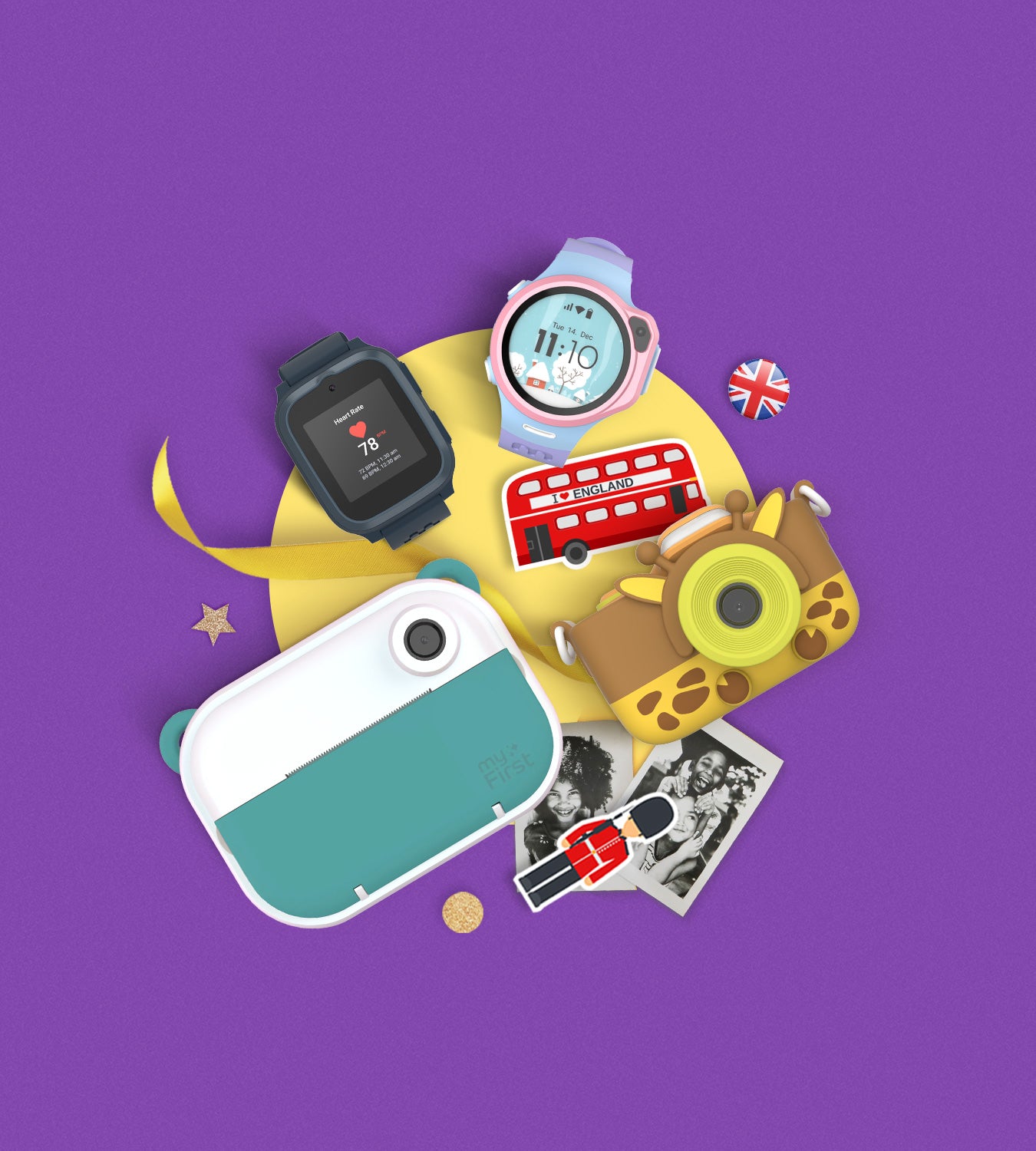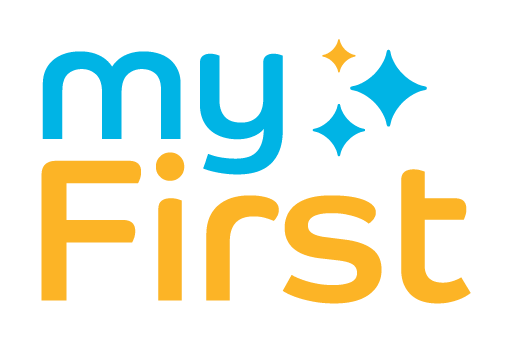
Are AI Cameras Stealing Your Kids' Creativity?
Share
The Rise of AI Cameras: Pros and Cons of Automation in Photography
Artificial intelligence (AI) has rapidly transformed many aspects of our lives, and photography is no exception. AI cameras are becoming increasingly popular for their ability to assist users in capturing professional-looking shots without needing advanced skills. With the development of kid-friendly devices like the myFirst Camera 50, even younger users can access the advantages of AI-driven technology. But as with any new tech, AI cameras come with both benefits and potential drawbacks. Let’s take a closer look.
What Is an AI Camera?
An AI camera is essentially a camera that utilizes machine learning algorithms to enhance the user experience by performing tasks that previously required human intervention. This can include auto-focus adjustments, real-time scene recognition, lighting optimization, and even smile or eye-blink detection. These automated features aiim to make photography easier and more accessible, delivering high-quality results with minimal effort.
The Positives of AI Cameras
1. Ease of Use for Beginners
AI cameras significantly lower the learning curve for photography. Features like auto-focus, face recognition, and scene optimization allow even novices to take clear, well-lit pictures. This iis very common in phone cameras. iPhones, Samsung, Pixel, and nearly all phone manufacturers offer algorithmic enhancement for photos and videos.
This is particularly useful for kids and families, making photography accessible. The camera’s AI driven features, such as smart facial recogniition and auto-color balance, help kids capture their best moments effortlessly.
2. Time-Saving Automation
AI cameras can automatically adjust settings based on lighting, subject, and environment. For instance, many modern AI cameras analyze the scene and pick the right mode—whether it’s portrait, landscape, or night mode—without needing user input. This saves time and ensures that you’re getting the best possible shot for any situation. Camera 50 makes it easy for young photographers tofocus on having fun without worrying about complicated settings.
3. Enhanced Quality with Minimal Effort
For people who may not be professional photographers, AI cameras offer a way to achieve near-professional quality images. Features like image stabilization, smart cropping, and automated HDR (High Dynamic Range) ensure that your photos are sharp and vibrant.
4. AI Video Editing
What sets myFirst Camera 50 apart from the other AI offerings on the market is its AI video curation feature. Like how Google and Apple's photo apps create a custom video to highlight a specific memory, Camera 50 does the same, but with more intention.
When you select clips, Camera 50's AI detects the feeling and the vibe of from your images, videos, and voice notes. The end video reflects this feeling, with AI selected music.
The Negatives of AI Cameras
1. Lack of Creative Control
While AI cameras excel at automation, they can sometimes limit a user’s ability to control creative elements. Advanced photographers may find that they prefer manual setings where they can tweak every detail. In AI-driven systems, the camera makes many decisions for you, which could lead to frustration if you're aiming for a specific artistic effect. This isn’t as much of a drawback for kids using the myFirst Camera 50, but it’s something adult photographers might consider when choosing a device.
2. Over-Reliance on AI Features
Relying too much on AI can diminish your skill as a photographer. For example, if the AI always selects the best settings for you, you might not develop a deeper understanding of photography basics like ISO, aperture, and shutter speed. Older users or those looking to develop advanced skills might miss out on the educational aspect of manual photography if there is an over-reliance on AI features in cameras.
3. Potential for Error
AI isn’t perfect, and sometimes the camera might misinterpret a scene, leading to less-than-ideal photos. In low-light or overly complex scenes, the AI might not make the best decisions regarding focus or exposure, resulting in poor-quality images. However, advancements are continually improving the performance of AI cameras. You can't always rely on robots to do the thinking for you.
4. Privacy Concerns
Like any AI-enabled technology, AI cameras raise privacy concerns. Some advanced AI cameras collect data to improve their algorithms, which may be worrisome forthose concerned about their personal information. Although the myFirst Camera 50 does not gather data from its users, it’s still essential for parents and consumers to consider the potential risks associated with AI-powered devices.
Finding Balance with AI Cameras
The AI camera for kids represent the future of content creation, making high-quality, hassle-free photo and video editing accessible to a wider audience—especially kids. While these cameras offer significant benefits, from ease of use to real-time image enhancements, they can also limit creative control and encourage over-reliance on automation. When choosing an AI camera, it’s essential toweigh the pros and cons based on your needs and level of experience.
For families and young users, the myFirst Camera 50 strikes the perfect balance by offering AI-assisted photography in a fun, user-friendly package. As the technology contiinues to evolve, AI cameras will undoubtedly play a more significant role in how we capture, create and share memories.

